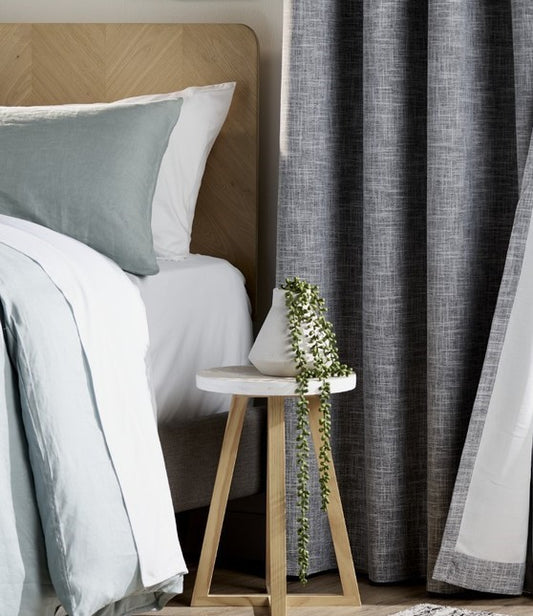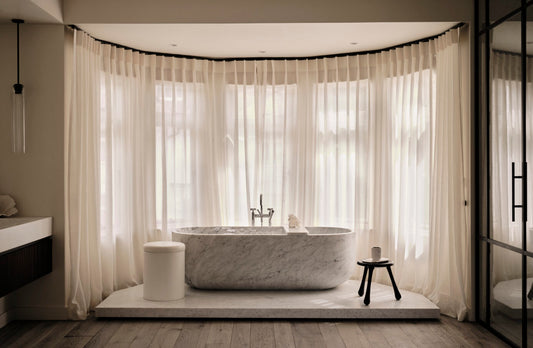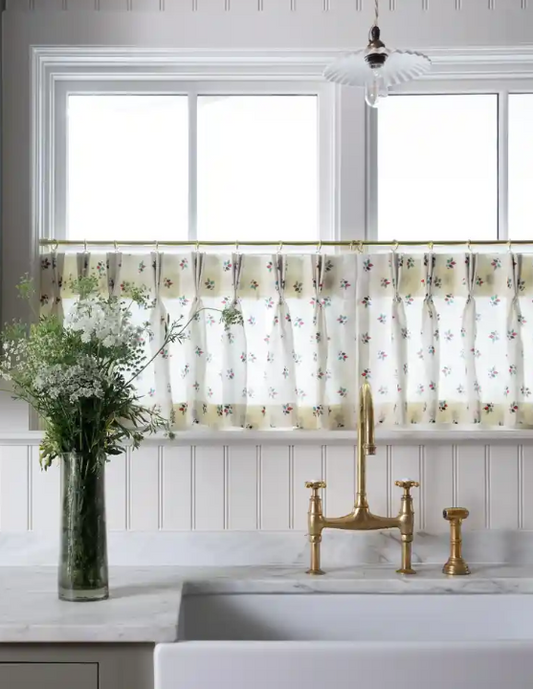Real, Honest Reviews

Exceeded my expectations...
This is my new favorite place! I can't say enough positive things about the product and customer service. Initially, I was sceptical about shopping curtains online, but what a great purchase this has been! Absolutely top notch in every way!

Big savings, excellent outcome!
Easy, affordable, and awesome product. We had a huge window to cover and we are incredibly happy with the sheers and panels. A local company gave me a bid for £4700. I did the window for less than £750. Thank you!

Beautiful curtains!
I am in love with my curtains! They did such a great job with them even with the unusual size that required an extra seam. They add a warmth to the bedroom and I think I sleep better due to the coziness. Thank you!
Weaving Your Way to a Perfect Set of Curtains
-
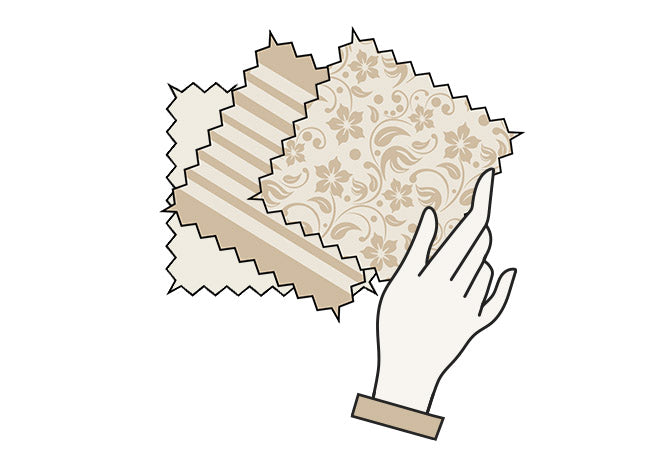
1. Order Free Samples
GRAB SWATCHESFind that perfect blue.
Feel that nubby texture.
Let the fabrics speak to you.
-
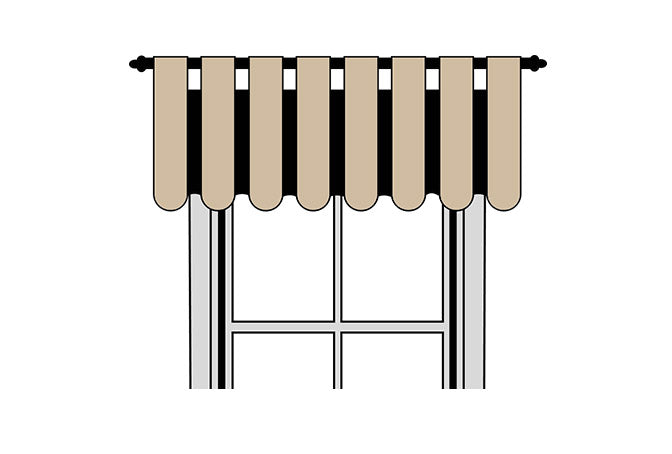
2. Choose Header
Pick your PleatBecause what’s on top matters a lot. From minimalist wave tops to ornate goblets, choose the right heading style.
-
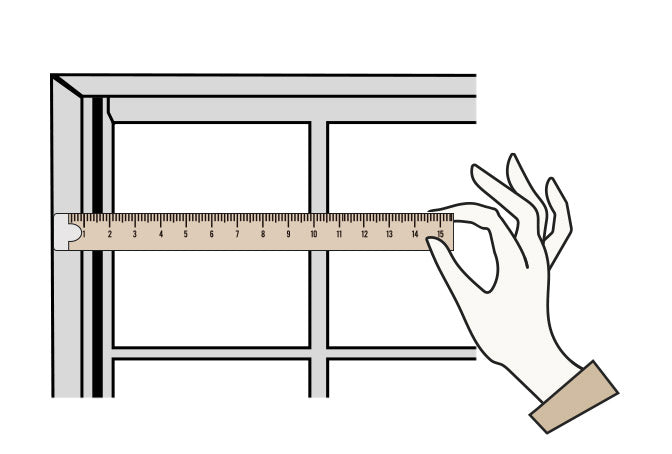
3. Measure Up
SIZE 'EM UPBe confident, be precise, be pro! Measure accurately for your picture-perfect new drapes.
-
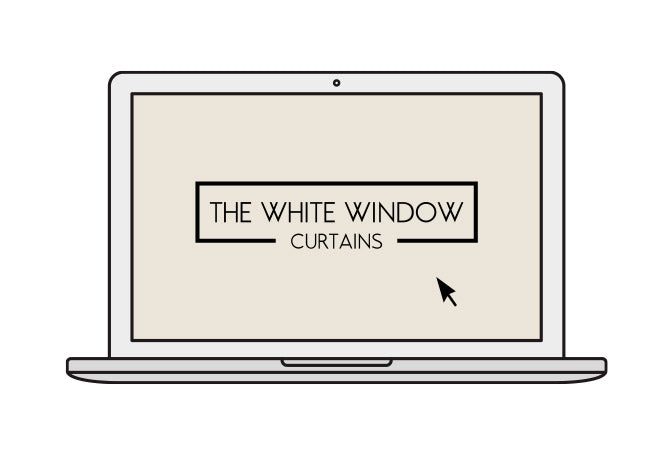
4. Order Online
SHOP NOW!A few clicks & three short weeks. You are that close to draping your windows in bespoke perfection.
BEFORE YOU SHOP
Top Tips to Get Custom Curtains Right Every Single Time
Master the Math: Get your Measurements Right.
One of the key differences between a cheap industrially mass-produced curtain and a beautiful hand-stitched made-to-measure drape is that, well, it is ‘made-to-measure’. So if you go wrong here, every other element collapses like dominos! Take our word for it, no matter how great your drapes are, if they are not measured with precision, it is bound to mar both the looks and functionality of your drapes.
Also remember that your measuring technique should factor in your choice of heading style, as the ideal panel sizes may be different for different styles. Our Drapery Measurement Guide offers detailed steps to measure with precision for every heading style on offer, so please do give it a read before you start measuring.
While heading styles and preferences may vary, what is true of all stunning drapes is that they should not skimp on fabric width. Aim for a ‘fullness factor’ that’s at least double the width of your window to get robust luxurious pleats.
To explain this with an example, if your window is 100 cms wide and you have decided on the grommet top heading style, order two panels of 100 cms each or a single panel of 200 cms each, for 2x fullness factor. The double (2x) width is to ensure that the panels will have enough extra fabric to form dense pleats, and not hang like a flat sheet!
Pay attention to length as well. A general rule of thumb is that the longer the curtains, the better they fall and drape, so wherever possible, opt for floor-length drapes. If you’re considering shorter-length curtains, make sure they stop at an appropriate drop point without looking like an awkward, design faux pas.
Perfect the Pleats: Pick the Correct Heading Style.
Drapery heading styles are head-turners - that is, if chosen with forethought! Choosing the heading style for your drapes is a key decision when shopping for curtains, as the style you pick will have an impact on both form and function.
Just like squares can’t fit inside circles, every heading style can’t sync into every decor peg. For instance, triple pinch pleat drapes are better suited in formal rooms while grommet tops bestow a casual flair. Tie-tops bring to mind sheers and beachy breezy decor, while goblet top drapes are evocative of large formal dining halls of period homes. So, make your choice bearing in mind the overall decor language of your space.
Beyond looks, functionality should weigh in your decision. Think about the size/ weight of your drapery and how often you plan to operate it.
If you are shopping for curtains that will be regularly open and closed, choose heading styles that feature rings or grommets for a smooth glide. On the other hand, for drapes that will fulfil a decorative role primarily and stay stationary for the most part, styles such as rod pockets and tab tops become equally strong contenders.
Remember that the heading style also plays a part in the light-blocking capacity of the drape. To give an example, styles that feature stitched-in loops like tie-tops or grommets cause light leaks while pinch pleats and back tabs that sit close to or envelope the curtain rods completely eliminate such light slippage.
And now that you’ve gotten a bird’s eye view of key factors that affect your heading style choice, head over to our Drapery Headings Style Guide to get a closer look at all the styles and their nuances, so you can make an informed decision while shopping for your curtains online from The White Window!
Find a Fitting Fabric: Choose the Right Drapery Material.
Right place, right fabric - that is the mantra to remember!
Picking the right pattern and palette for your curtains is of course a critical decision, but the choice of the perfect drapery fabric goes beyond these aesthetic aspects. It also involves learning the traits and functional benefits of different material compositions.
To begin with, the overall decor style of your room should guide your base material choice. For example, while cottons are great for casual lounges, a formal living room may find a better match in silk. Similarly, a room high on glam is best dressed with lush velvets, while a farmhouse style kitchen is made for the lazy, relaxed touch of linen curtains.
Take into account the purpose of the room as well. High-humidity spaces like laundry rooms and bathrooms call for air filtering, sturdy materials like lightweight polycottons or linen blends. While in bedrooms and nurseries, insulating blackout curtains that block light and muffle noise make for the most ideal candidates.
Drape with Durability: Line the Curtains Appropriately.
If you want your curtains to fall like a dream and last a lifetime - you just can’t skip this bit! The lining of drapery is almost as important as the face fabric and definitely not just about adding volume, but also protecting the fabric itself while creating that perfect drapery fall.
Lining adds volume to drapery, making it look sumptuous. The extra weight of lining helps form shapely pleats that fall with grace. Lining also protects the fabric from premature weathering due to sun exposure, and from fraying easily from usage.
We therefore recommend lining all curtains (sheers and semi-sheers being exceptions for obvious reasons of course) with privacy or blackout lining.
Opt for privacy lining to enhance privacy, add volume, and protect the drapery fabric against fading and fraying. Add blackout lining for room darkening in addition to all the benefits of standard privacy lining.
For more information, read our blog post on lining options.
Finish with Finesse: Train the Drapes.
After you are done hanging your brand-new curtains, there’s one last task at hand. You may find that your curtains are flaring at the bottom and need a bit of ‘training’, to ensure beautiful straight pleats and a perfect fall.
Every curtain panel needs time and training to develop ‘pleat memory’. The heavier the base fabric, the faster your drapery will fall into shapely pleats. Therefore, drapery training is especially recommended for lightweight and sheer fabrics that may otherwise take a bit long to develop pleat memory.
Now that you know the why, let’s quickly delve into the how.
Drapery training involves gathering your mounted drapes to the side, then hand-guiding the folds along the pleats and finally, tying the folds (loosely) at multiple places along the length of your curtains with ribbon or any strip of fabric. Leave them be for a couple of weeks. Some fabrics might need a bit more help like bottom weights or steam ironing which also fastens the pleat-setting process.
For a more detailed step-by-step guide with helpful images, do read our detailed blog post on drapery training. Happy reading, pro draping!













